Search
![A green tractor planting seeds in a no-till field. Courtesy: United Soybean Board [CC BY 2.0] via Flickr](/sites/default/files/2019-10/W-00433-00-no-till-planting-soybeans-field.jpg)
Farm Practices That Improve Soil Health: Crop Rotations and No-Till
Implementing crop rotations and no-till practices are common suggestions to reduce erosion, control pests, and improve yields. These practices can also improve soil health through an increase in soil carbon levels.

Youth for the Quality Care of Animals (YQCA) in South Dakota 4-H resources
About YQCA – the national program
Youth for the Quality Care of Animals (YQCA) is a national multi-species quality assurance program for youth ages 8 to 21 with a focus on three core pillars: food safety, animal well-being, and character development. The YQCA program is an annual certification created for youth producing and/or showing beef cattle, dairy cattle, sheep, meat goats, dairy goats, swine, poultry, and rabbits. The program has been designed by extension specialists and national livestock program managers to ensure it is accurate, current and relevant to the needs of the animal industry and shows, and is appropriate for youth learning levels.
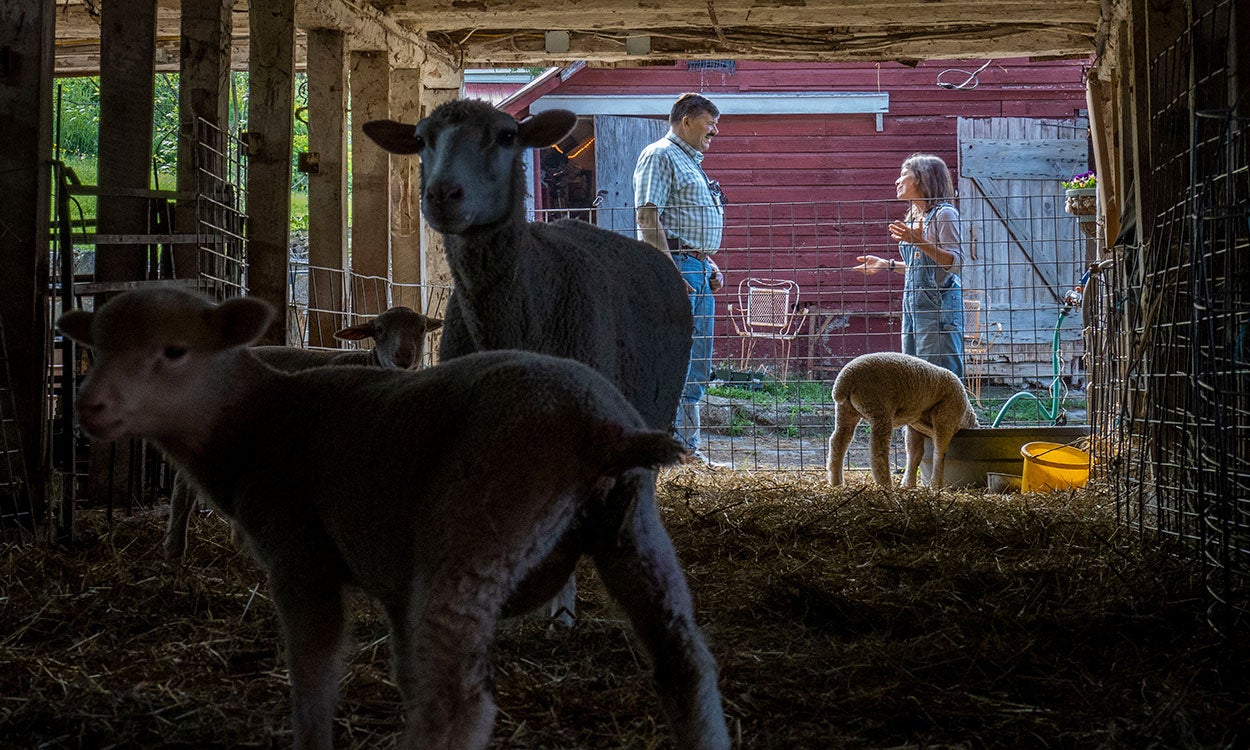
Direct Marketing Lamb: Selling to the Ethnic Market
The ethnic market plays a big role in the lamb industry. Learn some keys to success for taking advantage of seasonal demand and price fluctuations in this growing market, including when and where to sell.
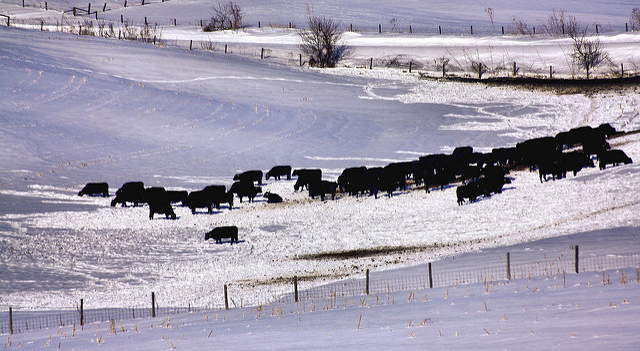
Nutritional Needs Prior to Calving
Nutrition during late gestation plays a large role on the future calf as well as the dam. It is during the last 60-90 days of gestation, or the pre-calving period, that impacts the calf’s survivability, long-term health and overall production.
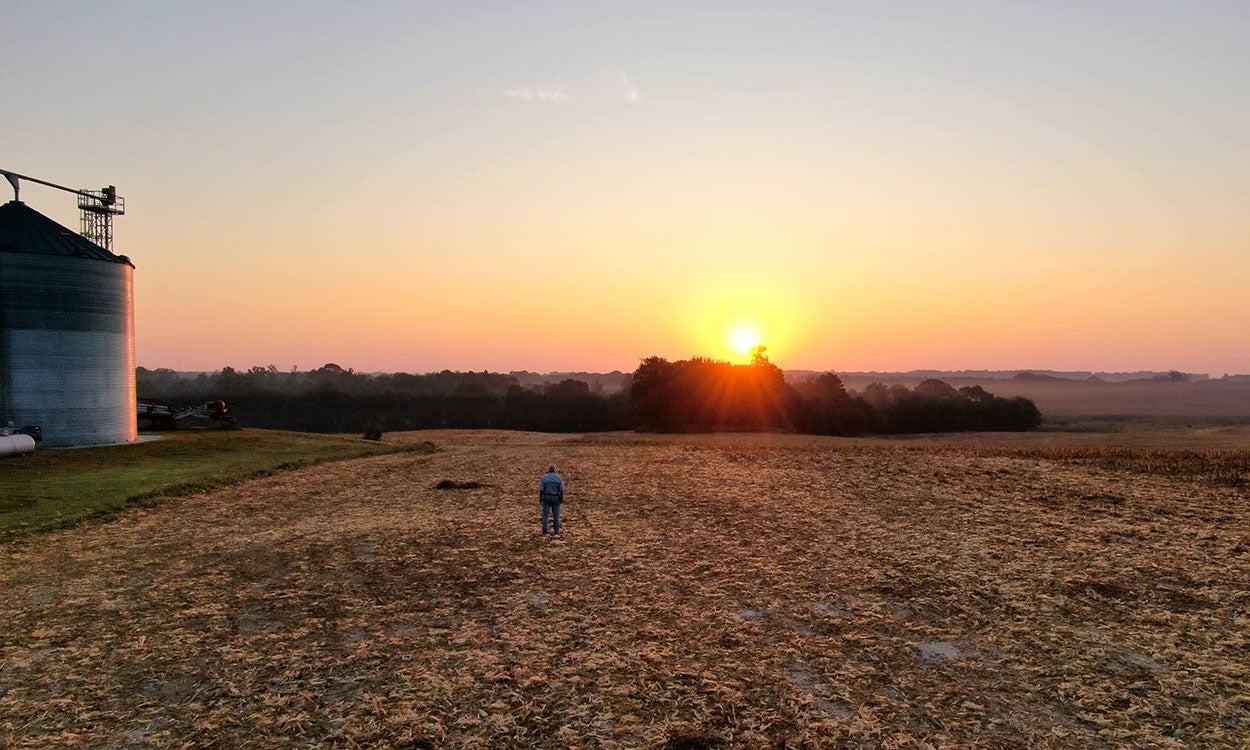
Does the GREET Carbon Model Address Soil Health Principles?
Learn how the recent Greenhouse Gases, Regulated Emissions, and Energy Use in Technologies (GREET) production model lines up with the Five Soil Health Principles.
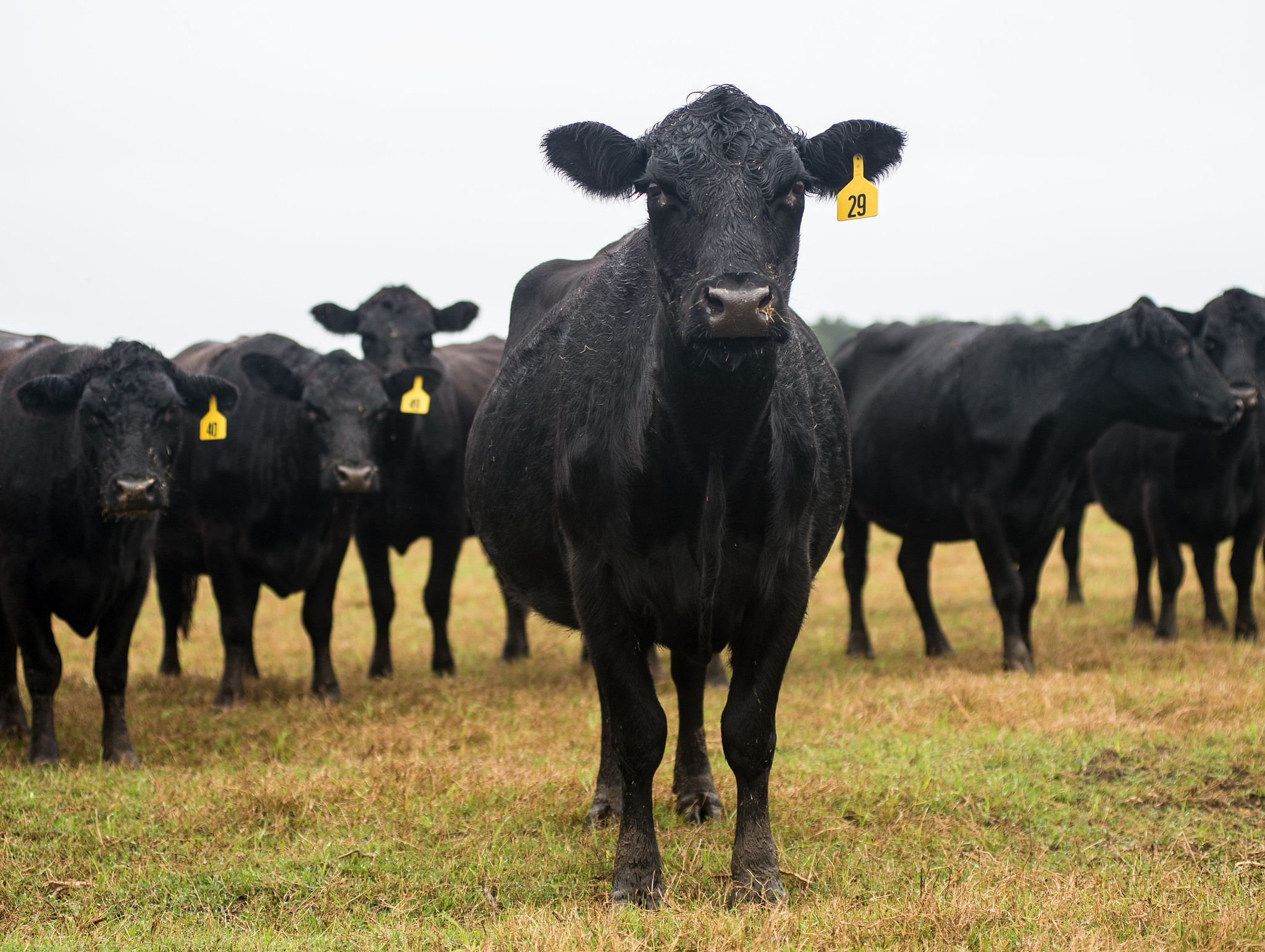
2021 Beef Heifer Synchronization Protocols
With the 2021 Artificial Insemination Beef Sire Directories now available, it is time to think about breeding season, especially if you will be using synchronization.

Public Health Resources in South Dakota
Public health services provide a framework to protect and promote the health of all people in all communities. Learn about some of the many public health resources and programs that the state of South Dakota offers to residents.
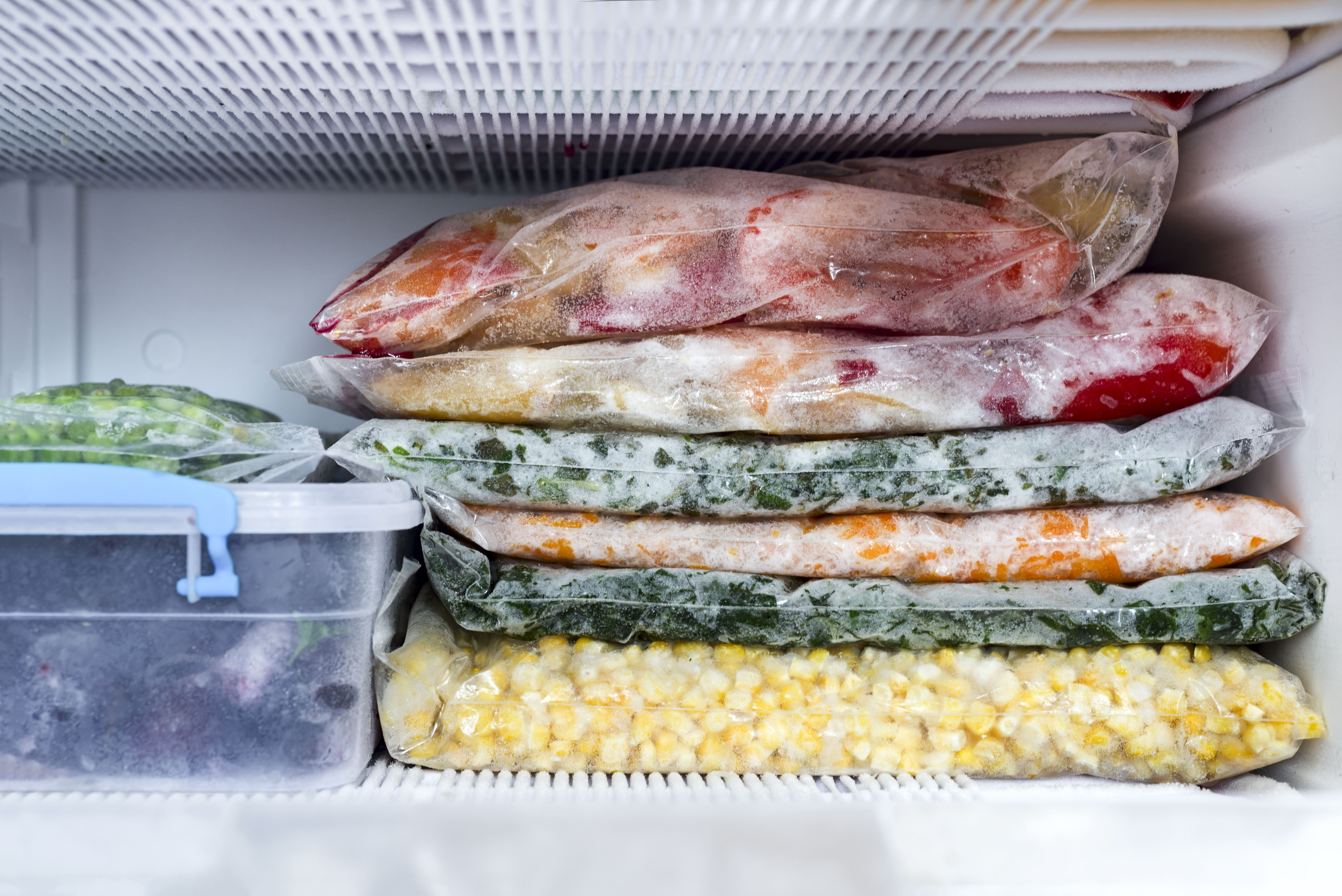
Preparing Freezer Meals
With a little planning and meal preparation, you can have some healthful meals on hand for time crunches and drop in guests.

A Strategic Community-Based Survey of Water Resource Management in South Dakota
Understanding how residents value water is critical for effective resource management, and your insights can help us better understand community values and inform future strategies for sustainable water management across the state.

Choosing the Right Walking and Running Shoes
Choosing the right shoes for physical activity can be an overwhelming process with so many options available. Wearing a shoe that is designed to fit your feet, while also fitting the type of exercise you plan to engage in, is significant for many reasons.